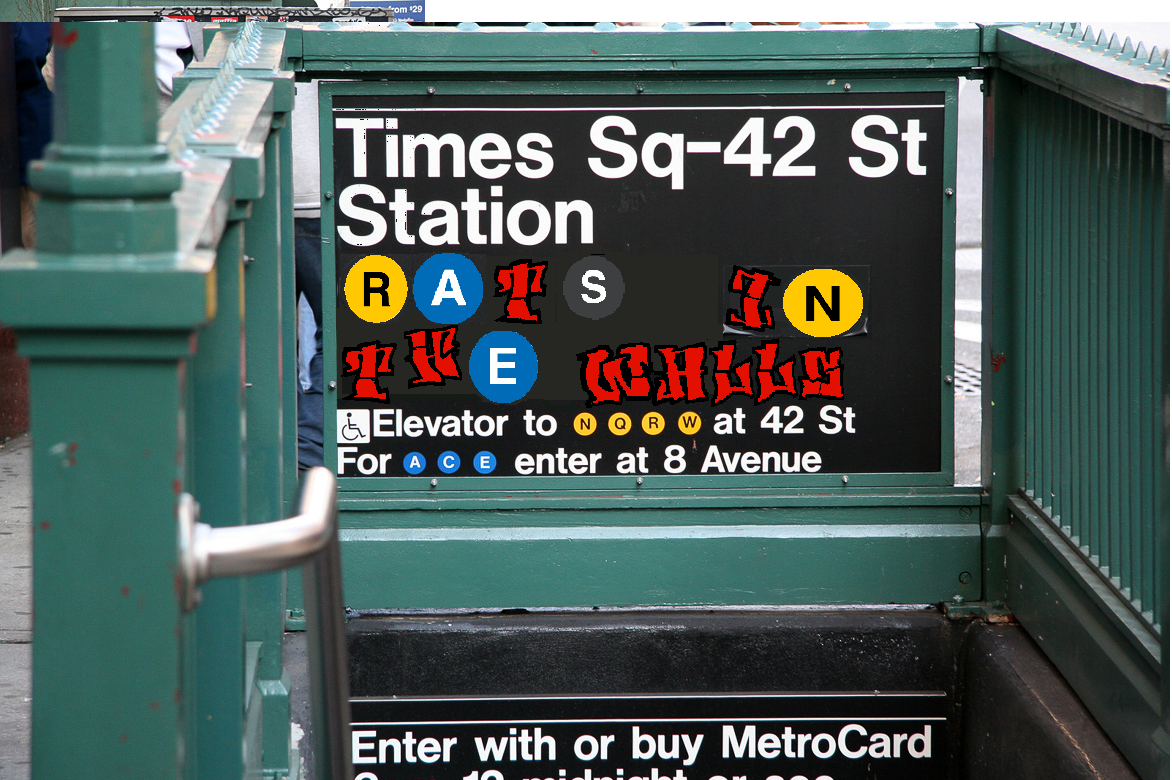I recently saw an exercise online where authors wrote up lists of real-life books that they thought their characters would like to read if they were brought into our world. I thought it’d be fun to write up lists for two of my characters: Yute, a psychopathic immortality-seeker who disarms people with his wit and charm, and Samal, a sea-wizard and vagabond who has devoted his life to becoming a selfless, benevolent survivor.
Yute
Yute, as I’ve explained in detail in a previous post, is meant to be a charismatic psychopath. He’s charming, worldly, well-read, self-reflective, inquisitive, intelligent, and deeply egocentric. As I was building his list, I realized that it was really a syllabus for a bizarre kind of self-education: Yute doesn’t read for pleasure, he reads to learn things, hence the large amount of non-fiction titles. His choices in Western philosophy reveal a strong interest into the nature of being and self, which connects to his obsession with the soul and immortality.
The 48 Laws of Power would be one of his bibles. Because Yute is an inherently manipulative and egocentric person, he views others as tools for his own advancement. He has a strong desire to control others, and he accomplishes this through his glib charm and charisma. Everything he does around other people is part of a performance, meant to advance his own ends, and 48 Laws reflects this mindset. The handbook on interrogations characterizes his intent when it comes to conversations and manipulation–instead of reading a book on clear communication, he goes instead for a book on how to provoke confessions and guide discussion through deception and coercion.
With his need of a ‘mask of sanity’ to hide his intentions, I realized Yute would be drawn to Montaigne and David Sedaris in order to familiarize himself with popular commentators’ wide-ranging views on daily life and experience–as a hermit and scholar, he needs to fill gaps in his knowledge of the world outside scholarship and be able to relate to more common folk. At the same time, he’s interested in the extreme ends of human experience, from enlightenment (there are two Zen titles, by Alan Watts and Lin Chi respectively) to absolute depravity and cruelty (120 Days of Sodom).
- The 48 Laws of Power by Robert Greene and Joost Elffers
- The Psychology of Interrogations and Confessions by Gisli Gudjonsson
- Sein Und Zeit by Hegel
- A Critique of Pure Reason by Immanuel Kant
- The Complete Essays by Michel de Montaigne
- Me Talk Pretty One Day
- The Way of Zen by Alan Watts
- Three Hundred Mile Tiger by Lin Chi, translated by Soke-an
- H.P Lovecraft: the Great Tales by H.P. Lovecraft
- 120 Days of Sodom by the Marquis de Sade
- The Fractal Form of Nature by Benoit Mandelbrot
- Fractals: Form, Chance, and Dimension by Benoit Mandelbrot
- The Secret Teachings of All the Ages by Manly P. Hall
- The Mystical Qabbalah by Dion Fortune
Samal
I was surprised when I composed this list–I didn’t expect Samal, a sea-wizard, to lean so heavily towards tales of survival, but the more I thought about his interests and aspirations, I realized that what draws him towards books like Into Thin Air and Endurance is the idea of individuals overcoming death through sheer force of will (or being conquered themselves). Samal is influenced heavily by his belief that a wizard is meant to be a pillar that holds up the rest of the world, and as such, must be able to survive anything. Despite his well-developed sense of humor and tendency toward being an extrovert, I found that his personal reading would reflect his constant quest to become a bona-fide sea-wizard.
I added two books related to martial arts: The Art of Peace, which informs Samal’s approach toward conflict and his interest in a fighting style that is benevolent and effective, and Vagabond, which parallels his journey to understand what it means to be a bona-fide wizard. Like Samal, Inoue’s Miyamoto Musashi meets old masters and struggles to understand them. One of the most relevant parts of Vagabond is probably the scene where I’nei and Sekishusai meet Ise No Kami, who tells them that “his sword is one with heaven and earth.” Embedded in this scene is the essence of Samal’s quest to understand the true meaning of being a wizard, just as Musashi searches for the meaning of invincibility.
Samal’s choice of fiction reflects his interest in sea tales and adventure (Robinson Crusoe and Monte Cristo), but Ficciones speaks to his sense of imagination and wonder. As a sailor, his travels take him to unimaginable and exotic places that expand his mind, and I thought he would be interested in Borges’ explorations of the bizarre and wondrous. Lord of the Flies, on the other hand, speaks to Samal’s deepest fears: the betrayal of one’s own humanity and one’s inherent kinship with other human beings. The fact that it takes place on a deserted island makes it even more relatable to him, as a sailor. I imagine Samal having nightmares of his own pig-head, telling him to despair and abandon his desire to save others.
- The Encyclopedia of Russian Prison Tattoos, Vol 1 and 2 by Damon Murray
- Old Man and the Sea by Ernest Hemingway
- Into Thin Air by Jon Krakauer
- Into the Wild by Jon Krakauer
- The Art of Peace by Morihei Ueshiba
- Vagabond by Takehiko Inoue Inoue
- Undaunted Courage by Stephen Ambrose
- Endurance: Shackleton’s Incredible Journey by Alfred Lansing
- Bushcraft 101 by Dave Canterbury
- Robinson Crusoe by Daniel Defoe
- Ficciones by Jorge Luis Borges
- Lord of the Flies by William Golding
- The Count of Monte Cristo by Alexander Dumas

